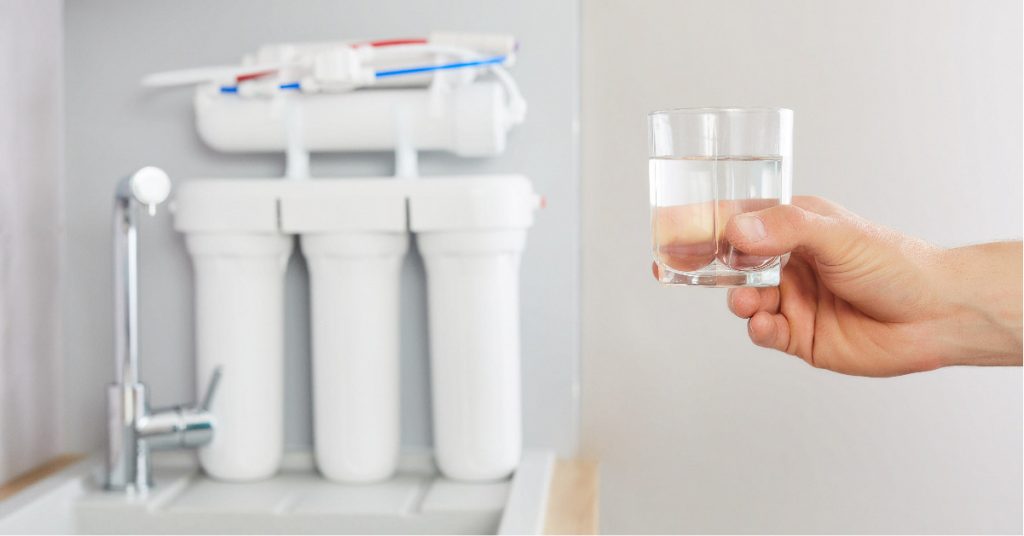Water purification is essential in ensuring access to clean and safe drinking water. One of the most effective methods used worldwide is the reverse osmosis process. But what is reverse osmosis process, and how does it work to improve water quality in South Africa? The reverse osmosis process in water treatment involves using a semi-permeable membrane to remove contaminants, making it an efficient solution for addressing water scarcity and pollution.
Understanding the Reverse Osmosis Process
The process of reverse osmosis is a filtration technique that forces water through a specialized membrane. This membrane blocks harmful substances such as bacteria, viruses, salts, and chemical pollutants while allowing pure water molecules to pass through. This results in high-quality, purified water that meets safety standards for consumption and industrial use.
Key Steps in the Reverse Osmosis Process in Water Treatment
The reverse osmosis process follows several stages to ensure maximum purification:
1. Pre-Filtration
Before entering the reverse osmosis membrane, water passes through a pre-filtration system that removes larger particles, sediment, and chlorine. This step helps protect the membrane from damage and enhances its efficiency.
2. High-Pressure Pumping
Water is then pressurized using a high-pressure pump, which pushes it through the semi-permeable membrane. The pressure ensures that only purified water molecules pass through while contaminants are left behind.
3. Membrane Filtration
The core of the reverse osmosis process occurs at this stage. The semi-permeable membrane captures microscopic impurities, including heavy metals, dissolved solids, and microorganisms, preventing them from entering the clean water stream.
4. Post-Filtration and Storage
Once the water has been purified, it undergoes a final filtration step to remove any remaining traces of impurities. The clean water is then stored in a tank, ready for distribution and consumption.
Benefits of the Reverse Osmosis Process in South Africa
The reverse osmosis process in water treatment provides numerous advantages, especially in regions facing water contamination and scarcity.
- Effective Contaminant Removal: The process eliminates up to 99% of impurities, including harmful bacteria, heavy metals, and chemicals.
- Improved Water Taste and Quality: By removing chlorine, fluoride, and other undesirable elements, reverse osmosis enhances the taste and overall quality of water.
- Cost-Effective Solution: Reverse osmosis offers a sustainable and affordable method for producing clean water, reducing dependence on bottled water.
- Addresses Water Scarcity: By making previously undrinkable water sources usable, reverse osmosis helps alleviate water shortages in many South African communities.
Advanced HYDRAMEM RO Membranes for Diverse Water Treatment Needs by Ion Exchange
HYDRAMEM RO Membranes, crafted from cross-linked, fully aromatic polyamide (thin film) composites, offer high performance across various water treatment applications. Designed to address different water quality challenges, these membranes are available in four primary categories: Low-pressure RO Membranes for energy-efficient purification, Brackish Water RO Membranes for moderate salinity waters, Fouling Resistant Membranes for applications prone to buildup, and Sea Water RO Membranes engineered for high-salinity environments. Each product is tailored to ensure optimal performance, efficiency, and durability across diverse treatment needs.
Conclusion
With increasing water challenges in South Africa, the reverse osmosis process has become a vital solution for ensuring access to safe and clean water. Understanding the reverse osmosis process and its benefits can help industries and households make informed decisions about water purification.


